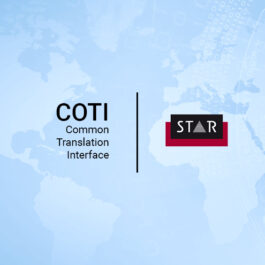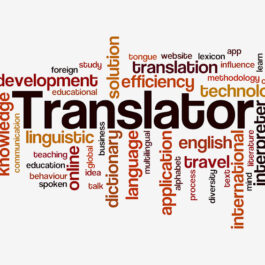A picture paints a thousand words. Videos can relay information to specific target audiences succinctly and with a more personal touch. Content is conveyed quickly and easily, since both our sense of hearing and sense of sight are involved.
Short, interesting videos on websites grab the interest of potential customers and increase traffic. Millions of videos are watched every day on social media sites such as YouTube, Facebook, etc.
You should also make your videos available not just in your native language, but also in other languages for all your target audiences and markets so that you can achieve a greater reach.
But what is the quickest way to translate your videos into multiple languages?
Three important questions to ask yourself:
1. Subtitles or dubbing?
For many videos, the best option is a translated voice-over, which is laid over the original language dialogue as an additional audio track.
To know if this is the right option for you, you need to know what you want to do with the video:
Who will see the video? Which target customers do you want to reach? Which platform will the video be published on? How big is your budget?
Voice-overs are normally more expensive than subtitles, because they require professional voice actors as well as the use of a recording studio. The production process usually takes longer too. Videos with sound seem more professional and “high-quality”, and are therefore better suited for “important” communications intended for longer use, such as a company image video or a video that accompanies an important product launch. Videos such as user testimonials or information about company events have a shorter lifespan and are better candidates for subtitling.
2. Source text template?
The “template” for the translation of subtitles is the source text. Ideally, this would include existing time codes, for example in SRT format. These time codes synchronise the displayed text with the spoken word and images on the video. If you do not have the spoken text as an SRT file or as a script in a Word or Excel file, your language service provider can often create a text version for you, known as transcription.
The original spoken text is typed out and “smoothed” if needed: Stutters, slips of the tongue, filler words such as “um” and “urr” are removed and, if needed for fast speakers in the source text, slightly shortened, so that there is not too much text to read in a short time period. Additionally, the transcribed text is split into logical chunks and given time codes so that it synchronises correctly with the video. It is also important that during this process, the text is created on the basis of the moving image to allow for harmonious transitions. The resulting SRT file can then be translated.
3. Source text check and in-country review
Particularly for very company-specific or specialised videos containing a lot of abbreviations or brand names, it is advisable to have the customer check the source text once the text template/SRT file has been created. This means that the spellings of product names or device designations can be adapted or defined as terms that should not be translated and that these rules will be followed in all of the target languages. This gives us the best possible source document to ensure that the translation process runs smoothly. Equally, it can be a good idea to have customer employees in the target country review the video before it is published. During this process, the source and translated texts are made available on a web platform so that the reviewer can make any linguistic changes necessary for their target market. This guarantees high satisfaction and a highly effective video.
Good translations are paramount for subtitles
Some languages need more time, and therefore more space, to convey the same ideas. For videos, however, translations must not be too long, otherwise they will no longer correspond to the video. The aim is that the audio content matches the subtitle shown. Sometimes it can be necessary to shorten the content slightly, without changing the original meaning.
STAR Deutschland offers transcription of audio and video files, multilingual subtitling and post-processing as well as voice-overs from professional voice actors. Our professional translators use their flair for language to make sure that your message is communicated perfectly in every language.
Our workflow – simple and efficient

Checklist
When it comes to subtitling and voice-over projects, we take you through the most important questions, step by step.
Further information
You can find more information about our translation services here:


















